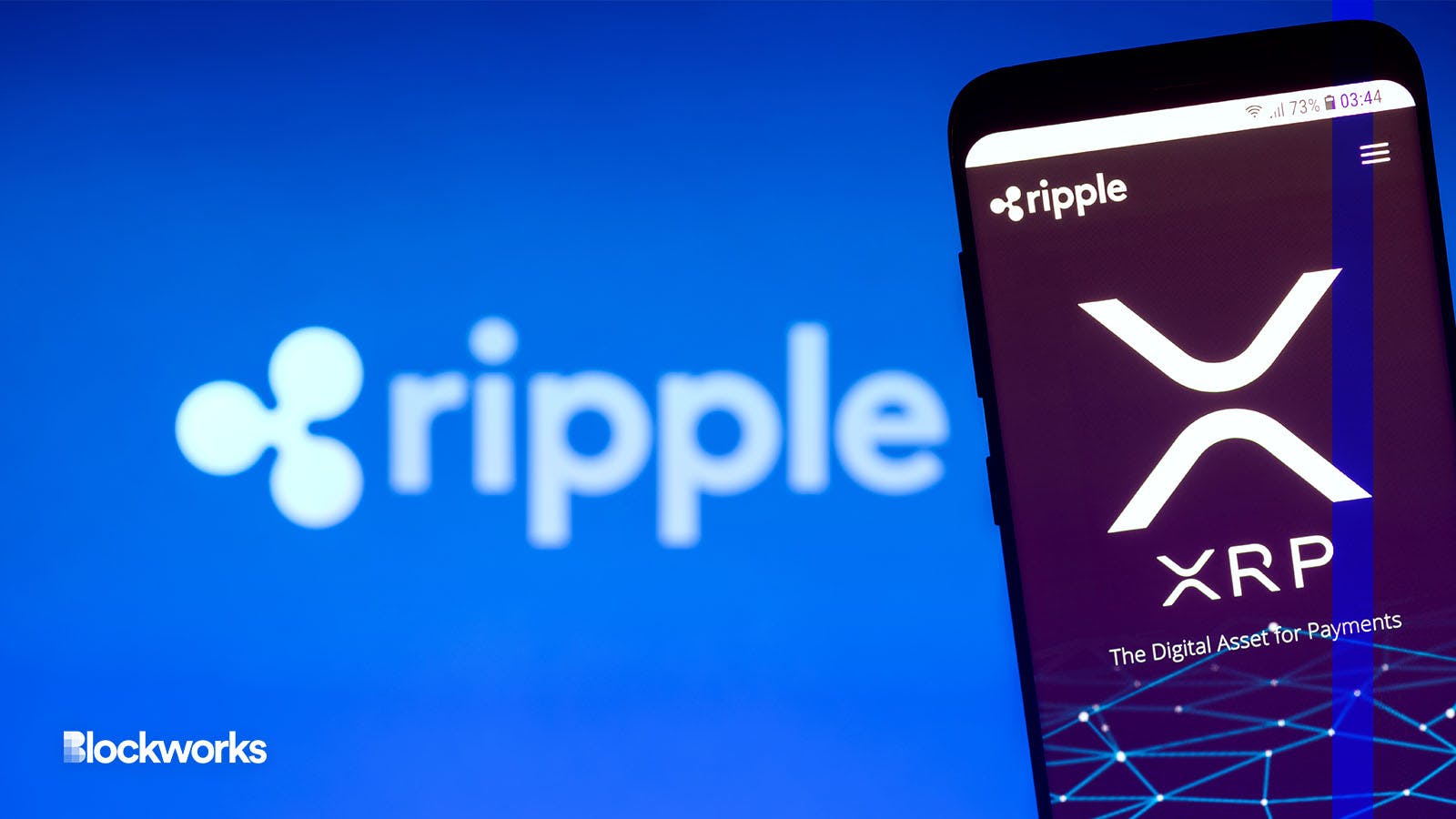XRP Price Fails To Keep Pace as Majors Bounce
XRP is significantly underperforming against other blue chip cryptocurrencies. Is the SEC’s lawsuit too easy to blame?

Source: Shutterstock / Grey82, modified by Blockworks
Cryptocurrencies are enjoying a major rebound this year, but one blue-chip digital asset is being left behind: XRP.
XRP is by far the worst performing top 10 cryptocurrency year-to-date, not counting stablecoins, having returned only 16% as of 6 am, ET, about the same as the broad, tech-focused Nasdaq 100 stock market index.
Bitcoin (BTC) and ether (ETH) have both surged 38%. Cardano (ADA) is up 57% and polygon (MATIC) 67%. Even number-one meme coin dogecoin (DOGE) has popped 25%.
One has to go all the way down to current market cap rank 24 to find a cryptoasset that has performed worse than Ripple Labs’ XRP — the Telegram-inspired TON is only up 9%, although it has a far shorter track record than most of the majors.
XRP does fare better when zooming out, but only very slightly. Cryptocurrencies which featured in the top 25 either at the start of the year, six months ago or one year ago have on average returned 9% over the past three months — XRP has sunk 3%.
And over the past year, after removing outright failures, terra (LUNA) and FTT, those same assets dropped 43% on average. XRP fell 55%, about the same as shiba inu (SHIB).
Fellow prominent tokens of cycles past, ethereum classic (ETC) and litecoin (LTC), have shown much more resiliency, shedding 31% and 28%, respectively.
Ripple Labs’ ongoing SEC lawsuit over allegedly selling unregistered securities in the form of XRP does loom over the project. But at this point, it’s an easy scapegoat.
XRP’s lackluster growth may have more to do with dollar-pegged stablecoins undermining its primary value proposition: quick and easy settlement for cross-border transactions.
Ripple launched the token way back in 2012 — two years before leading stablecoin tether (USDT) first hit the market. Stablecoins now command a near-$138 billion collective market value, while XRP is struggling to maintain $20 billion.
Third-largest stablecoin binance usd (BUSD) is even inching closer to flipping XRP, while top two dollar-pegged tokens USDT and USDC boast market caps multiple times larger than Ripple’s offering.
XRP struggles to find product market fit
Granted, stablecoins have more use cases than XRP. They support the lion’s share of crypto trade volumes and are used widely for borrowing and lending via decentralized finance protocols.
Ripple, on the other hand, has persisted with its plan to sell XRP to financial institutions and payment processors, pitching the token to ease friction in the cumbersome traditional remittance sector.
Market analysts willing to comment on XRP’s apparent stagnancy are rare. Blockworks reached out to multiple firms, including Arca and BitOoda, but none were open to comment.
“Ripple was out to solve cross-border payments and now they have zero product-market fit,” Blockworks Research analyst Sam Martin said. “That’s why nobody covers XRP, in my opinion.”
Still, Ripple does seem to be notching growth. Ripple’s direct XRP sales — which it says directly support its remittance-focused liquidity product — have exploded over the past 18 months, jumping from $490 million in Q3 2021 to $2.96 billion last quarter.
As Blockworks previously reported, Ripple appears to have recycled much of that revenue into buying back XRP. The firm’s disclosures indicate it spent 75% of the cash generated by over-the-counter sales since the SEC filed charges in Dec. 2020 on acquiring XRP on secondary markets.
Ripple has said it buys XRP to support healthy markets — but seems it has done little to inspire other market participants to keep up a bid commensurate with that on other cryptos’ so far this year.
Get the news in your inbox. Explore Blockworks newsletters:
- The Breakdown: Decoding crypto and the markets. Daily.
- 0xResearch: Alpha in your inbox. Think like an analyst.






